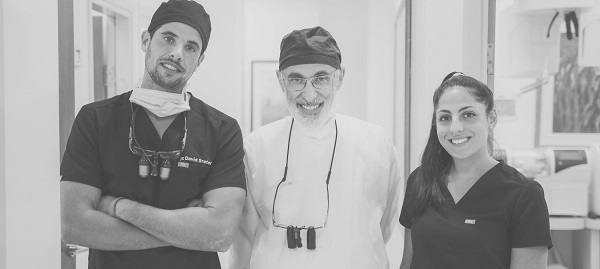Tu: Closed
Sreter Clinic-Dental Laboratory
Shira Sreter: Certified Dental Technician
Dental Laboratory Milling Units
Dental Laboratory Milling Units-Used to fabricate complete or partial dental restorations based on digital designs, dental lab milling units are the production workhorses of dental CAD/CAM systems. Dental mills are designed to cut crowns, bridges, copings, frameworks, implant abutments and more from materials such as ceramics, zirconia, alloys, resins or wax. When choosing a mill it's important to evaluate how many cases it will need to handle because mills come in a range of sizes designed for different production capacities. It also is important to know what software can power the mill so it will be compatible with the technology you use for scanning and designing. Different mills are capable of working with different materials, so make sure your choice of mill is capable of working with the materials you prefer. As with any technology, training and support are also important considerations when selecting the best dental mill for your lab. In our office you can find inLab MC X5 and two units of cerec MCXL- Milling (Wet & Dry).
Used to fabricate complete or partial dental restorations based on digital designs, dental lab milling units are the production workhorses of dental CAD/CAM systems. Dental mills are designed to cut crowns, bridges, copings, frameworks, implant abutments and more from materials such as ceramics, zirconia, alloys, resins or wax. When choosing a mill it's important to evaluate how many cases it will need to handle because mills come in a range of sizes designed for different production capacities. It also is important to know what software can power the mill so it will be compatible with the technology you use for scanning and designing. Different mills are capable of working with different materials, so make sure your choice of mill is capable of working with the materials you prefer. As with any technology, training and support are also important considerations when selecting the best dental mill for your lab.
Digital Impressions
Digital impressions represent cutting-edge technology that allows dentists to create a virtual, computer-generated replica of the hard and soft tissues in the mouth using lasers and other optical scanning devices. The digital technology captures clear and highly accurate impression data in mere minutes, without the need for traditional impression materials that some patients find inconvenient and messy. Many patients find digital impressions an easier and more comfortable procedure because traditional impression materials are avoided.
The impression information then is transferred to a computer and used to create restorations, often without the need for stone models.In our office you can find PRIMESCAN AND OMNICAM.
Digital Workflows with Formlabs
- Scan. Collect patient anatomy digitally using an intraoral scanner. Send scans to the lab with a digital prescription or to a design station.
- Design. Import scan data into CAD software, where the virtual design takes place.
- Print. Import the designed CAD files into PreForm print preparation software for print setup and send them easily to a Formlabs printer.
- Prepare. Wash, dry, and post-cure printed parts. These parts can then be used intraorally or be used to produce various indications.
Dental Laboratory CAD/CAM Software
The real power center of a digital dental lab system, dental lab CAD/CAM software is used to create a 3D digital model of a dental restoration and then instruct a mill or 3D printer on how to produce it. Dental lab CAD (computer-aided design) software is designed to guide the technician through designing a 3D digital model of a crown, bridge, denture or other dental restoration.


